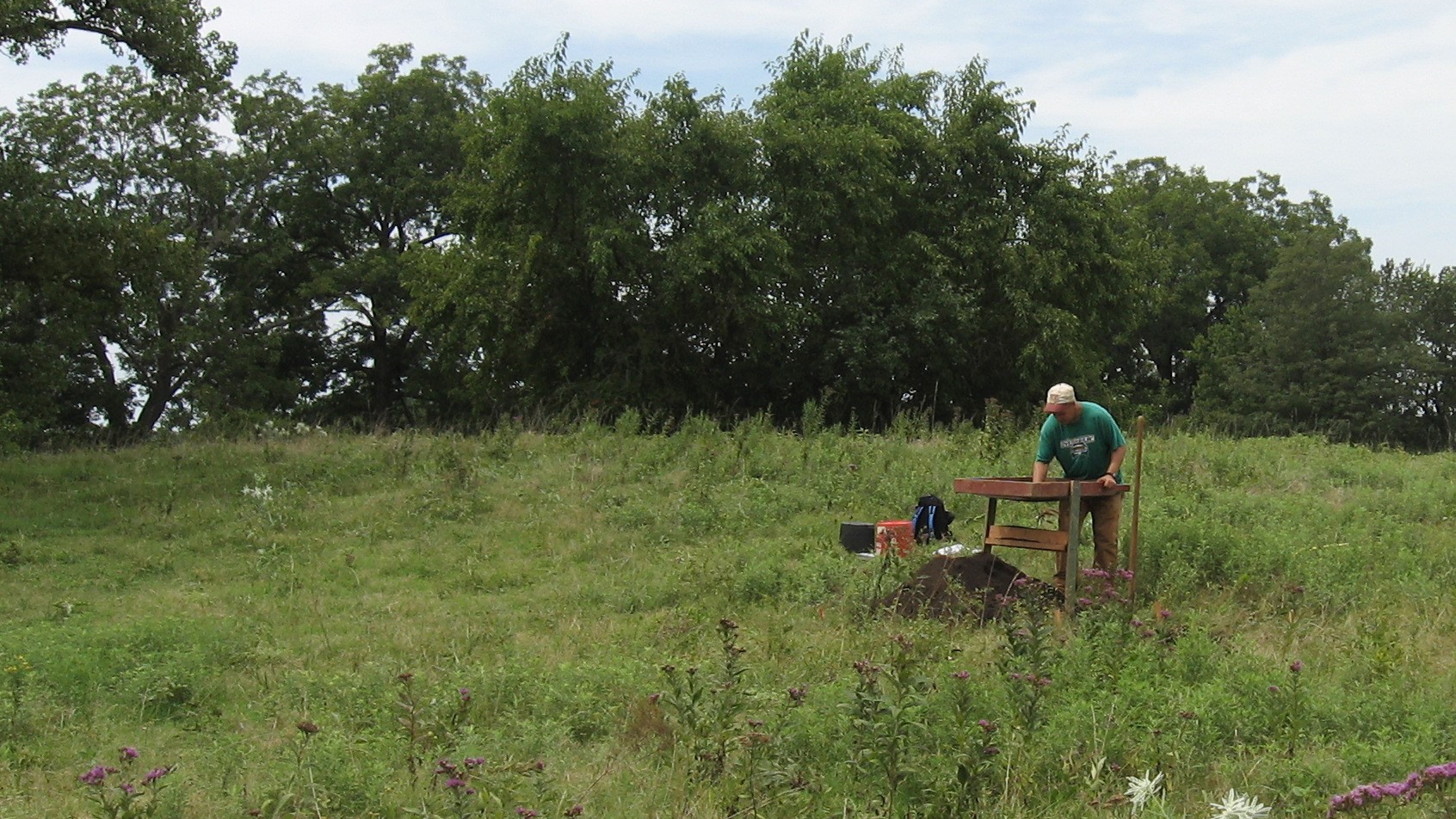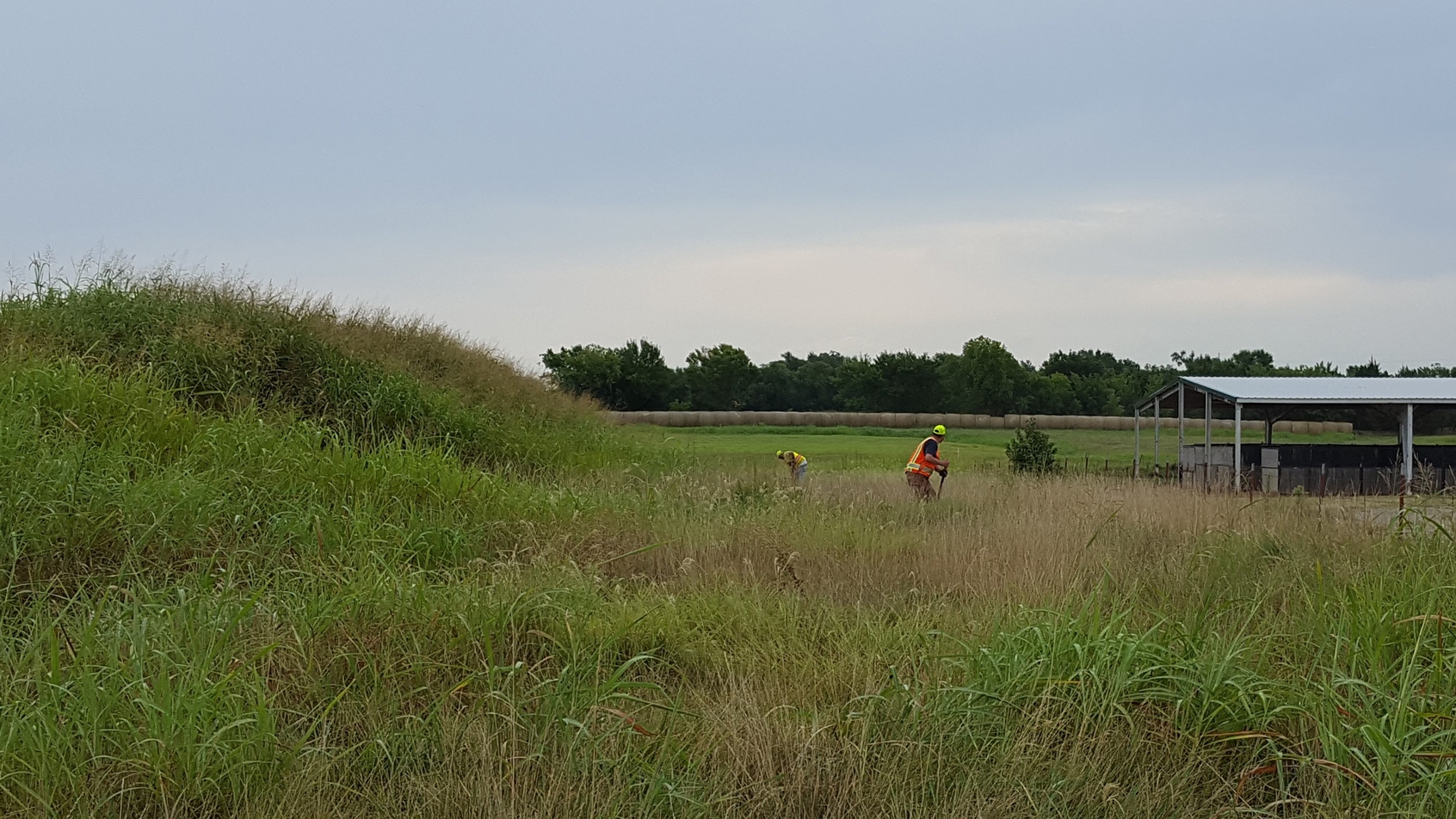What do Oklahoma bridges and highways have to do with cultural preservation? More than you might expect, says Amanda Regnier, director of the Oklahoma Archeological Survey at the University of Oklahoma. A longstanding program between the survey and the Oklahoma Department of Transportation allocates resources to ensure that sites identified for state infrastructure projects are assessed for cultural significance and impact before new projects are begun.
“Any time there is a project that involves federal funds, like a highway project, the law requires that the cultural and historical resources that would be impacted by new road construction are evaluated,” Regnier said. “In order to do that, in the 1970s the Oklahoma Department of Highways, as it was then known, now the Oklahoma Department of Transportation, contracted with the Oklahoma Archeological Survey to fulfill those responsibilities.”
This collaboration currently supports 12 staff and two graduate research assistants at OU, including archeologists and architectural historians dedicated to assisting transportation projects and helping ODOT meet its mission of providing a safe, economical and effective transportation network for Oklahomans.
The assessments gauge whether a transportation project will impact any known cultural resources or built environments that have cultural or historical significance, like recorded archeological sites. If no known documentation exists, Regnier said, they will go out and survey the area to determine if any archeological sites or historical buildings are present within the footprint of the new construction project.
“One of the biggest ways we know where archeological sites are located in the state is through these road projects,” she said. “A lot of major recent archeological projects are driven by transportation.”
“We have at least two known sites at bridges – stream crossings – where the bridges needed to be replaced,” she added. “Those sites had excavations done where the new bridge is going to impact the archeological site."



